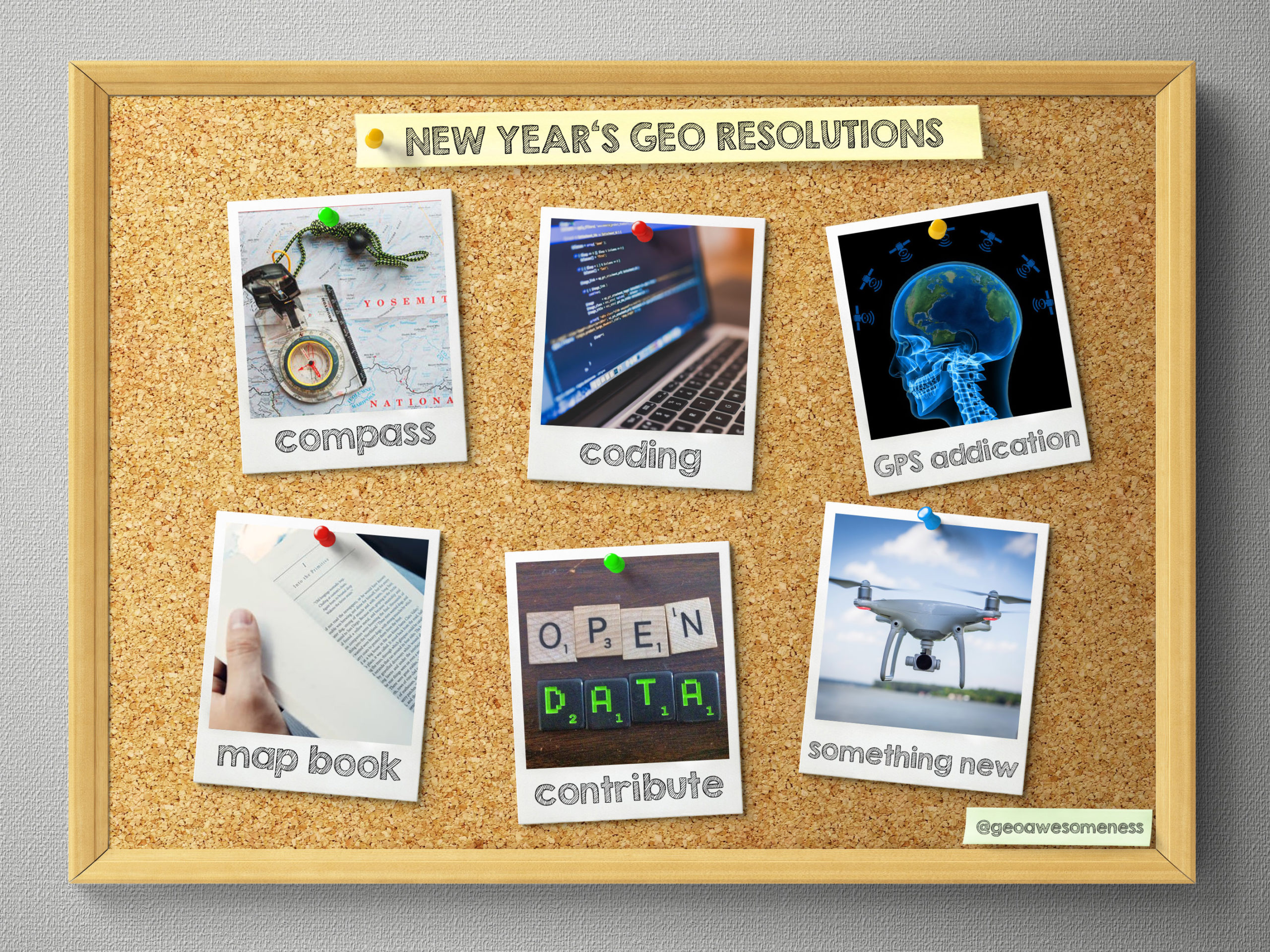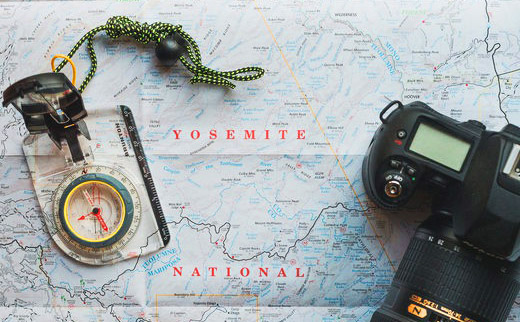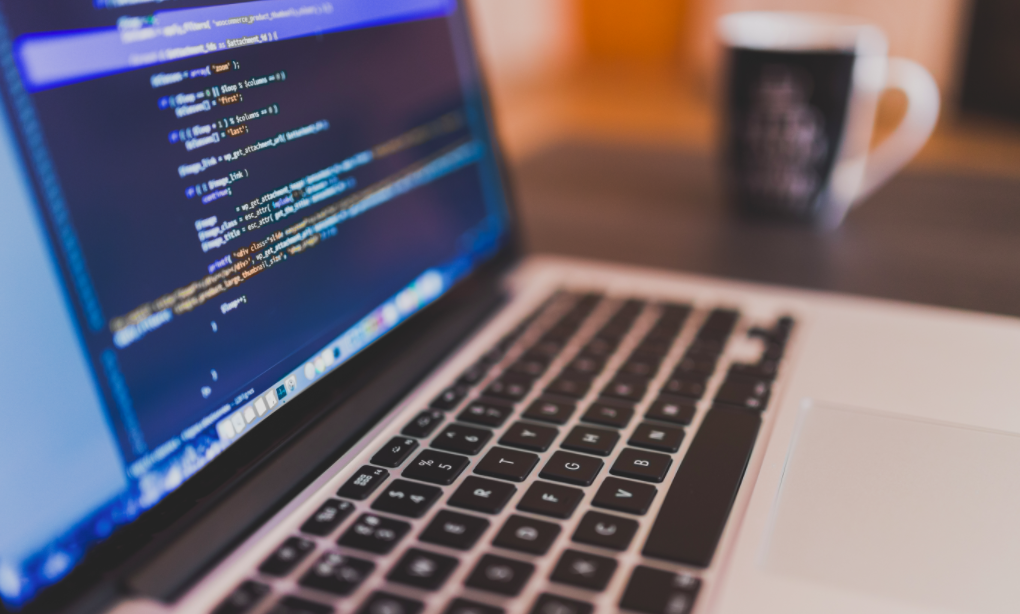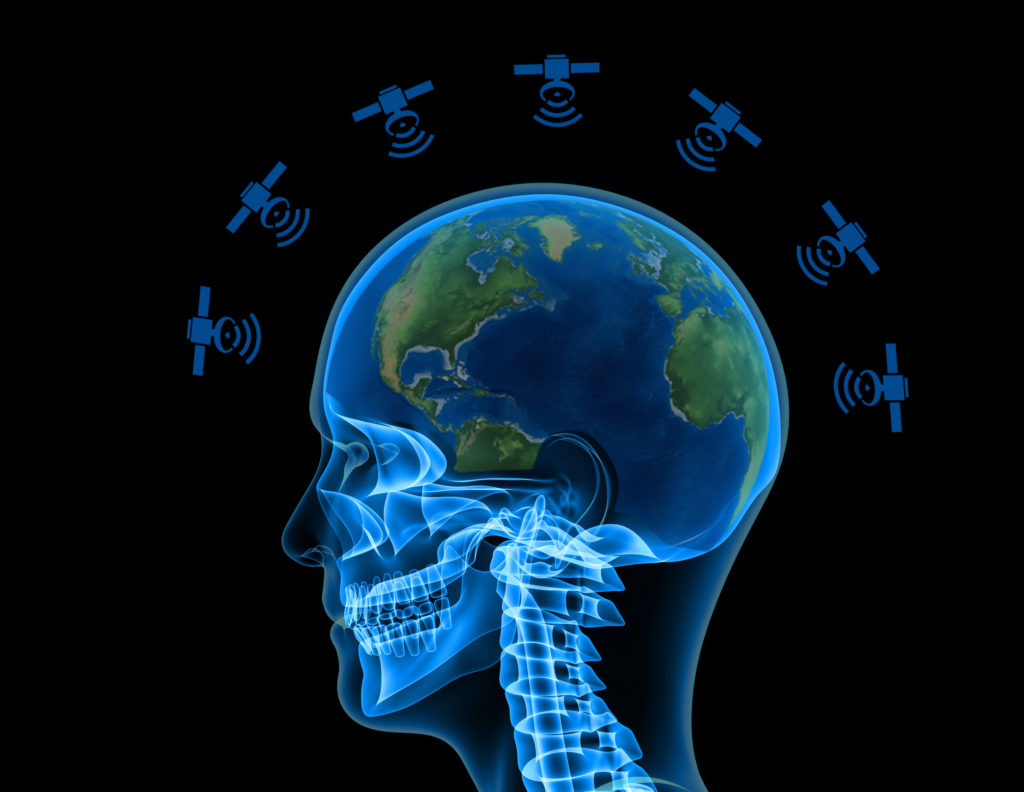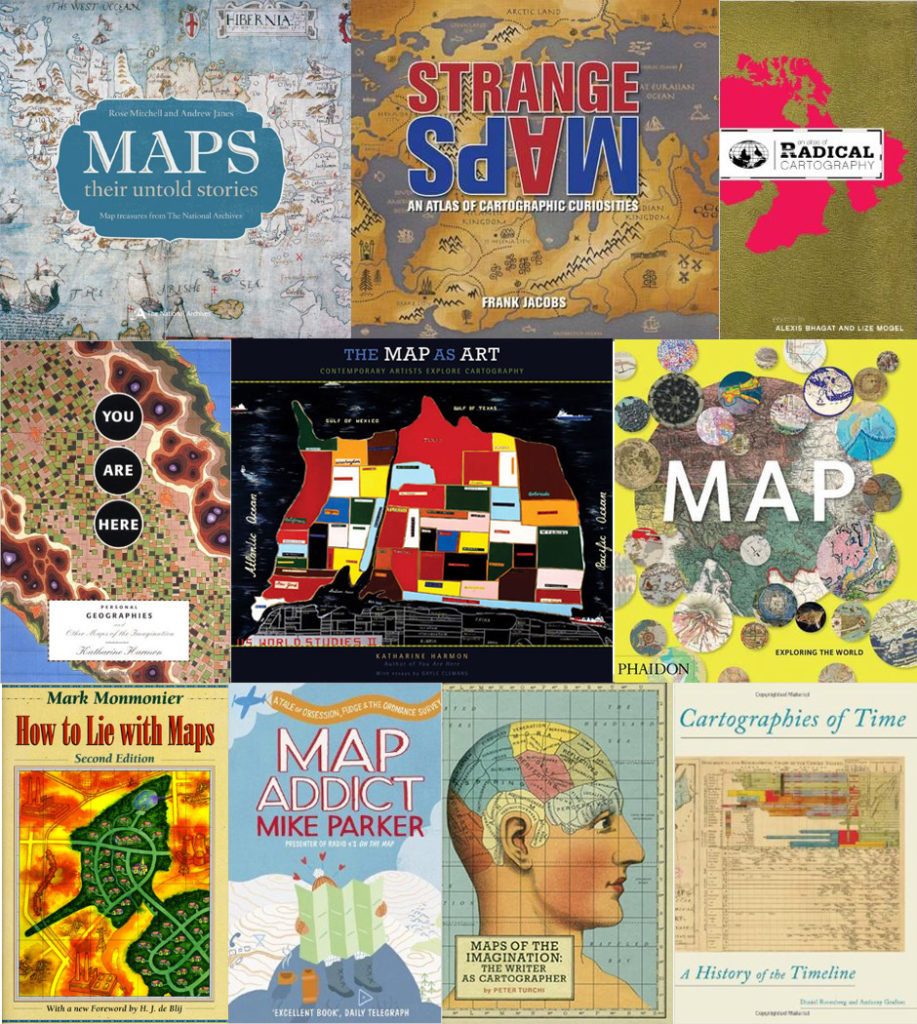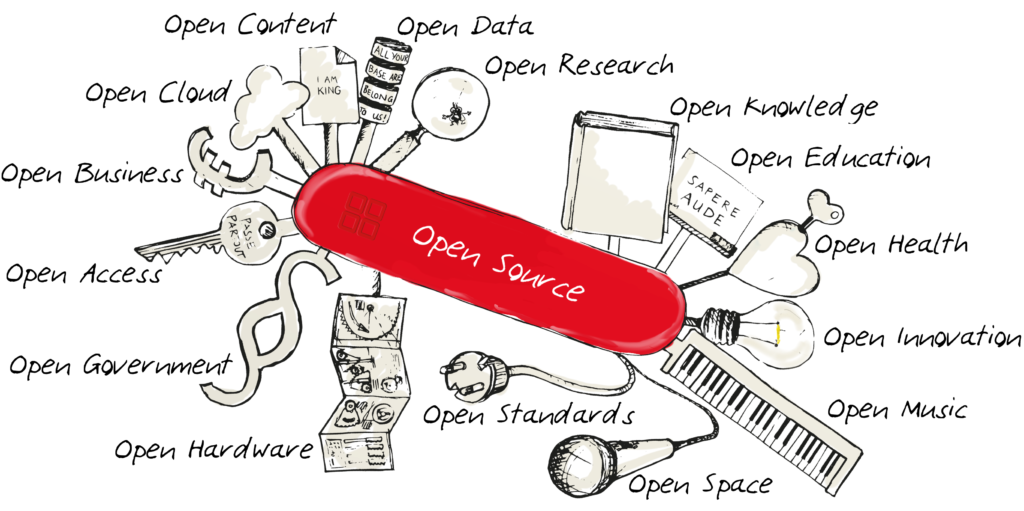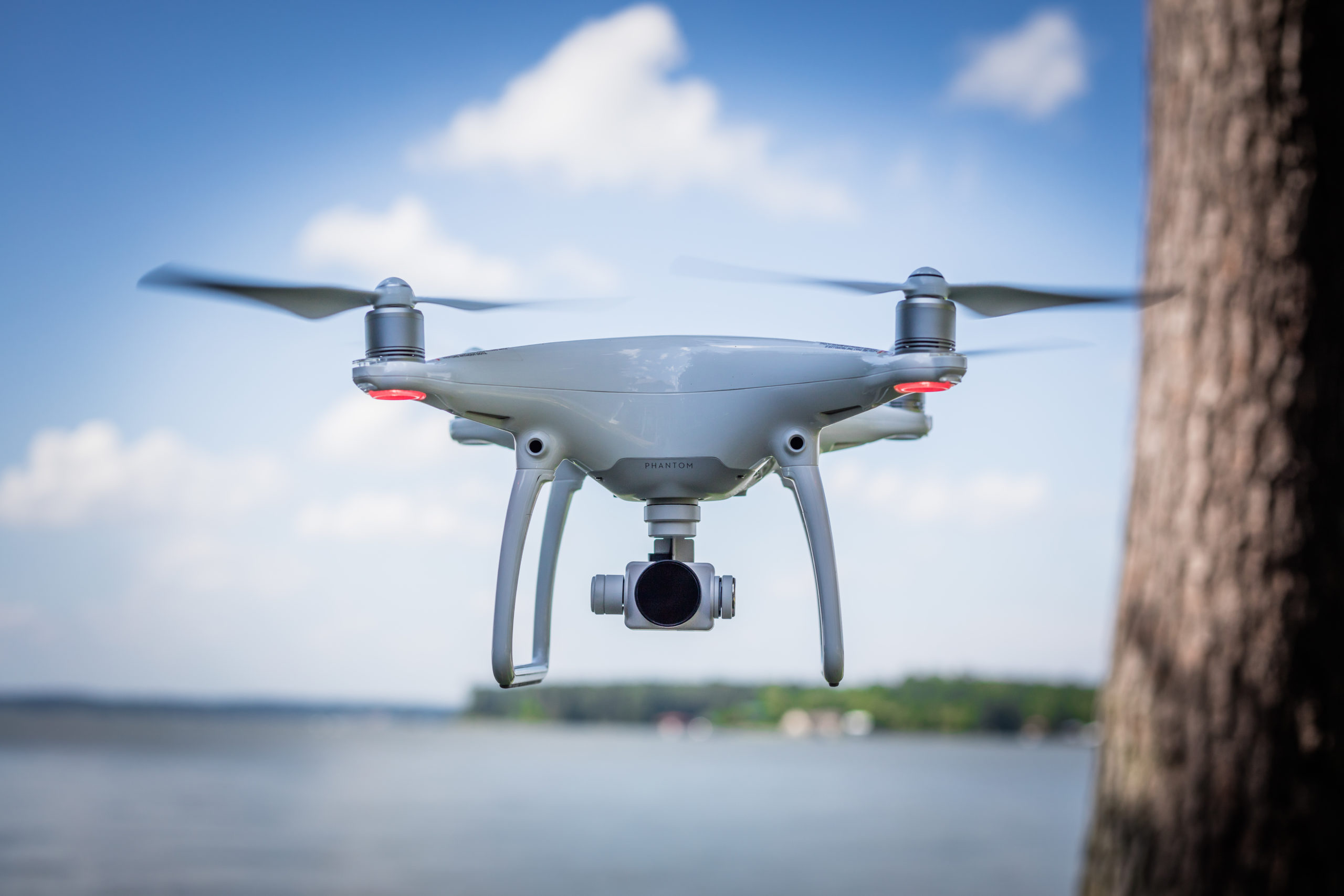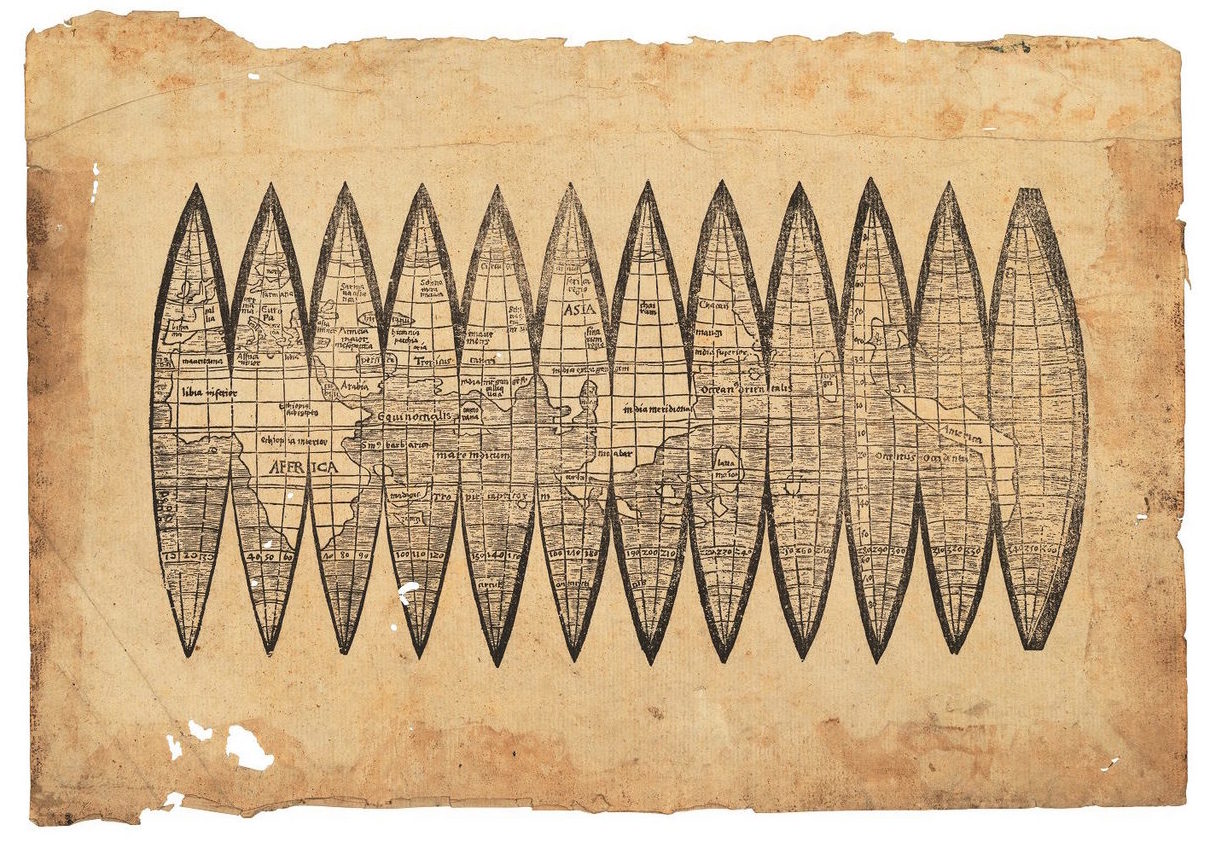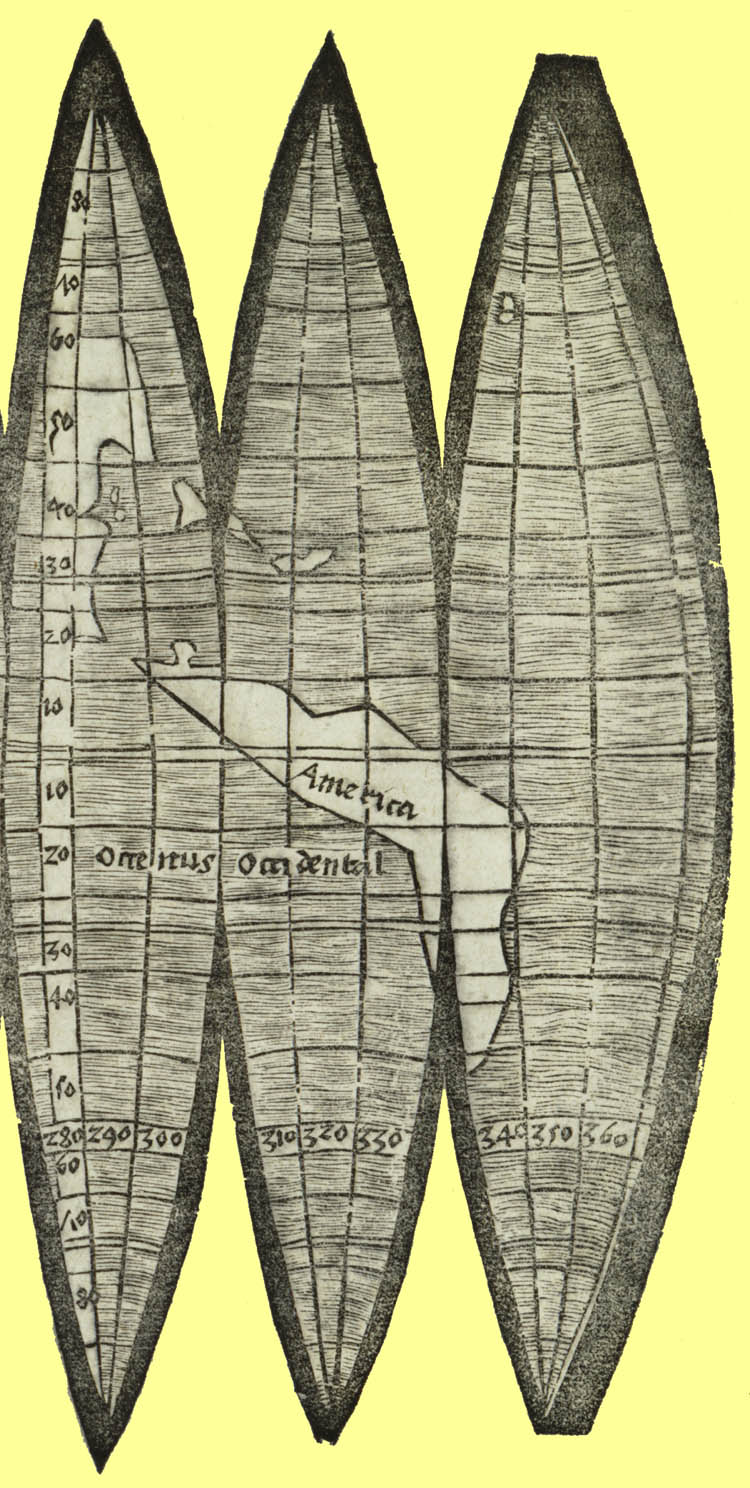
6 New Year’s Resolutions of Map Geek for 2018
New Year’s Eve is a time to look a bit back and reflect on the past 12 months but more importantly it is also a time to set up goals for the next year. You and me, we’re not ordinary people, we are GeoGeeks and our New Year’s resolutions are also far from being ordinary:
1. Learn how to use compass
You’re a GeoGeek but you haven’t mastered using compass yet? It’s time change it. This short tutorial might help you realizing that goal.
2. Learn how to code web maps
Imagine all these amazing maps you could create if you knew how to code. Every year the same resolution but in 2018 it’s finally time to make it happen. Fortunately we’ve got for you something that we will let you do the first step into web maps coding…
3. Quit your GPS addition
We all love the possibilities of location-based technologies but at the same time our GPS addiction quiz showed that most people are using it too often and therefore they might be losing their natural spatial orientation abilities. In 2018 you should try to use less navigation, memorize your routes and minimise your satnav dependency.
4. Read a map book
Reading more books is one of the most popular New Year’s resolutions (just after losing weight). But since you’re not a regular, mortal human being, you should read at least one map related book.
5. Do something for others
Contributing to a community that gives something great for free to others will make you do something for the right cause and feel good about yourself at the same time. Edit OpenStreetMap in your neighbourhood. Contribute to OpenSource GIS project. Evangelize opening data. There is a lot you can do.
6. Try something new – drone mapping?
The world around us is changing very quickly and it’s easy to stay behind. In 2018 try something new and fancy. 2017 was the year of drones so why don’t you learn how to do the drone mapping in practice?
Happy New Year!!!



